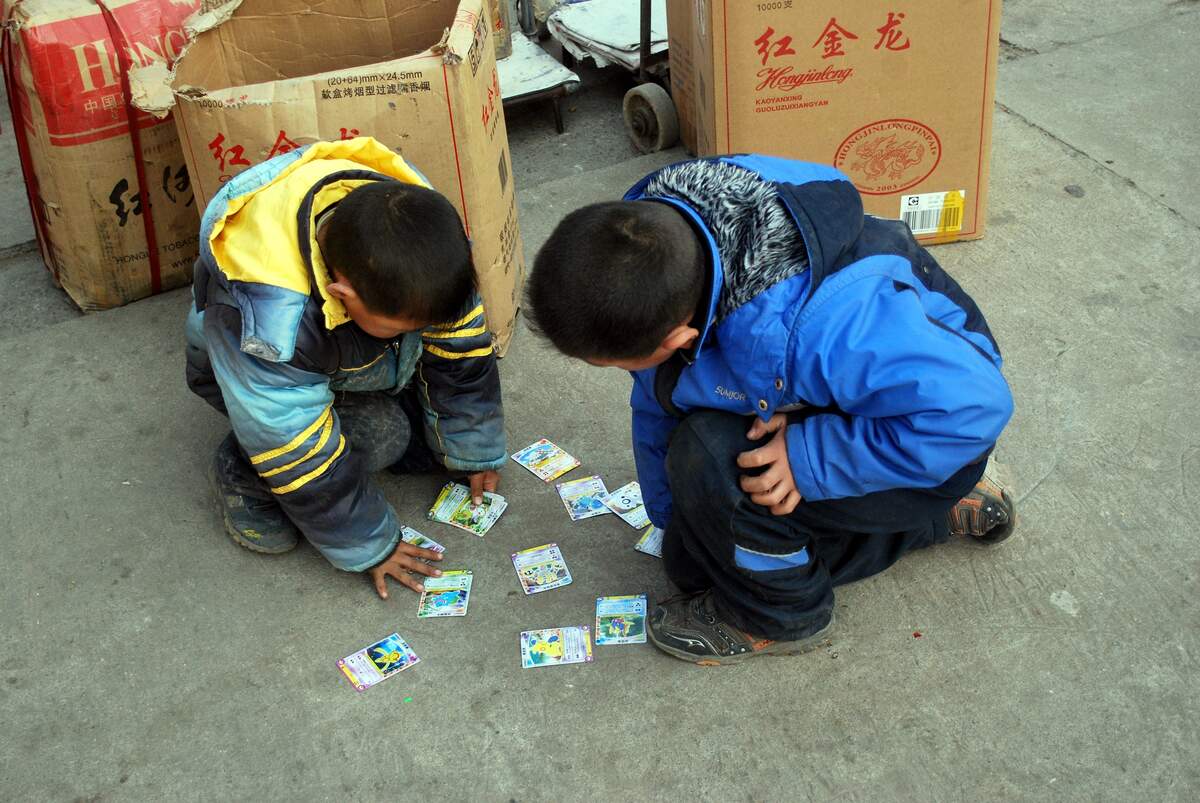

National Trading Card Day
Trading cards are celebrated today. Made of paperboard or thick paper, trading cards include a picture of a person, place, or thing—either real or made up. The pictures are usually accompanied by a description and other text, such as statistics or trivia. Some of the earliest collectibles were sports cards, and most major sports have appeared on cards. Baseball cards have been the most popular of sports cards. Some non-sports trading cards include those with cartoon characters, comic book characters, or television characters on them. Some can be used to play games, known as collectible card games. These games are usually fantasy based; Pokémon is a popular example.
The forerunner to trading cards were trade cards. In the late nineteenth century, trade cards were included in cigarette packs to strengthen and sturdy them. Known as cigarette cards, they advertised for cigarettes and had many different subjects on them. Similar cards began being made by manufacturers of other products besides cigarettes. Following World War II, the most popular such cards in the United States were those packaged with bubble gum, while in the United Kingdom, the most popular cards were tea cards.
The first baseball cards, made in the 1860s, were trade cards for a sporting goods company. By the early twentieth century, most baseball cards were packaged with candy or tobacco products. The most valuable baseball card ever, the T206 Honus Wagner card, was manufactured by the American Tobacco Company in 1909. There are thought to be less than 100 of them in existence, and one has been sold for over $3 million.
Baseball cards were first packaged with gum in 1933, by the Goudey Gum Company. The Topps Company, Inc. started putting trading cards with bubble gum in 1950, with various subjects being placed on the cards. Topps made baseball cards in 1951, and the following year the first baseball cards that included statistics and playing records were made, the 1952 Topps Baseball set. An especially important card from the set was Mickey Mantle's rookie card. Topps was the most important brand for trading cards for decades, for both sports cards or non-sports cards. Baseball cards were packaged with gum until 1981 when they started being sold apart from it.
The amount of sports cards being made increased in the 1980s, and this trend continued well into the '90s, which helped keep the value of new cards down. The value of sports cards is determined by condition, the popularity of the card's subject, and how rare the card is. Cards that are from the time before card collecting was really a hobby are the most valuable. During the 1980s, collectors began being much more meticulous in making sure to keep their cards in better condition, as many who had cards before card collecting took off did not. For example, many put cards in their bicycle spokes in years prior. In the 2000s, some companies, both existing and new, began producing digital cards. The internet has also been useful for trading, buying, and selling cards.
How to Observe National Trading Card Day
- Take out your old trading card collection and look through it for the day. Organize your cards, trade some with a friend, or find some you wish to sell.
- Explore trading cards online at the Card Cyber Museum, the American Baseball Card Museum, or the Metropolitan Museum of Art.
- Buy trading cards at one of many places online or at a nearby store.
- Attend a trading card convention.





















